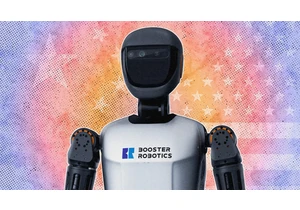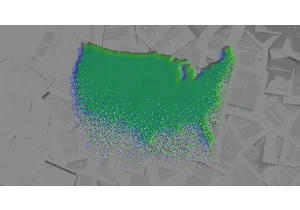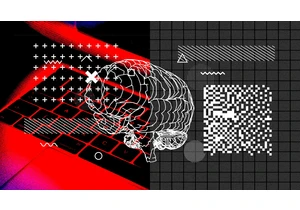As 3D-printed gun violence abounds, some lawmakers are looking to cut the problem at the root.
The New York state senate is currently evaluating a bill that would dramatically change the 3D printing market. Merchants looking to sell the printers, or at least those that are able to produce a firearm, would be required to treat customers as if they were purchasing a firearm. That means performing background checks and obtaining criminal histories.
The threat of “ghost guns” has reached an all-time high. Former President Joe Biden pushed hard for legislation around them. Luigi Mangione, the suspect accused of killing the UnitedHealthcare CEO, reportedly used a gun with 3D printed pieces. These guns are notoriously difficult to track down; in New York, lawmakers want to stop bad actors from creating them in the first place.
Unpacking New York state’s bill
Introduced by Assemblymember Jenifer Rajkumar, bill A2228 sets strict mandates for 3D printer merchants. Sellers across New York would be required to request criminal history checks with the state for every single customer. The law would open up the state’s Division of Criminal Justice Services to submit customer’s fingerprints to the FBI for a check. Within 15 business days, the state’s commissioner must determine whether the customer is able to own a firearm, at which point the sale of the 3D printer can proceed.
Notably, the bill sets a wide definition of just which type of 3D printers would fall under its guidance. Criminal history checks must be collected for the sale of any printer “capable of printing a firearm, or any component of a firearm.” Only highly specialized 3D printers can produce a fully functional weapon. But the pieces are easier; almost any 3D printer, down to the ones present in middle school science classrooms, can produce a glock frame. Frames are often already plastic in serialized firearms. And yet, under the current iteration of the bill, any printer capable of producing a frame would instigate a criminal background check.
The act of 3D-printing a gun itself is already illegal in the state of New York. So is distributing this style of firearm. But that’s a difficult thing to track: How should law enforcement know when an individual is 3D-printing a weapon within their own home? Federal regulators have also tried to go after the blueprints people feed into their 3D printers, specifically that of “The Liberator,” a popular design from the Texas-based Defense Distributed. That gun’s blueprint was blocked by a federal judge, before being overturned in the Ninth Circuit.
Of course, guns are far from the most popular things being produced by 3D printers. Most users build items like phone accessories and home decor. Many mass market printers won’t even allow the user to input the model of a firearm. But, in New York, these uses would be tamped down on all the same for those who have committed a felony.
The growing threat of ‘ghost guns’
A few years ago, 3D-printed guns were still an ">open question. These printers could often make individual pieces of a firearm, but often required costly supplements. That’s no longer true; many firearm models can be made with just a 3D printer and some metal bits, and some designs include entirely printed features. The day of the “ghost gun” has arrived.
Meanwhile, 3D-printed firearms keep showing up in the news. Luigi Mangione, the suspect accused of shooting UnitedHealthcare CEO Brian Thompson, allegedly used a 3D-printed gun and silencer. Teenagers are printing firearms in their bedrooms. Red Note users are flaunting their artificial weapons on camera.
While commercial guns are regulated thoroughly on the federal level through the Bureau of Alcohol, Tobacco, and Firearms, there is almost no national position on ghost gun production. Only ten states, including New York, have specific policies that outright ban or require serialization of 3D-printed firearms. Joe Biden tried to force the ATF to crack down on these weapons, requiring that mail-order kits include serial numbers and that their sellers perform background checks. That law is now being considered by the Supreme Court.
New York’s bill recognizes this big problem—and takes an even bigger swing to try and fix it.
Autentifică-te pentru a adăuga comentarii
Alte posturi din acest grup


I’ve worked at the bleeding edge of robotics innovation in the United States for almost my entire professional life. Never before have I seen another country advance so quickly.
In


Restaurant industry leaders are excited for

Elon Musk’s anger over the One Big Beautiful Bill Act was evident this week a

Welcome to AI Decoded, Fast Company’s weekly new

When artificial intelligence first gained traction in the early 2010s,
